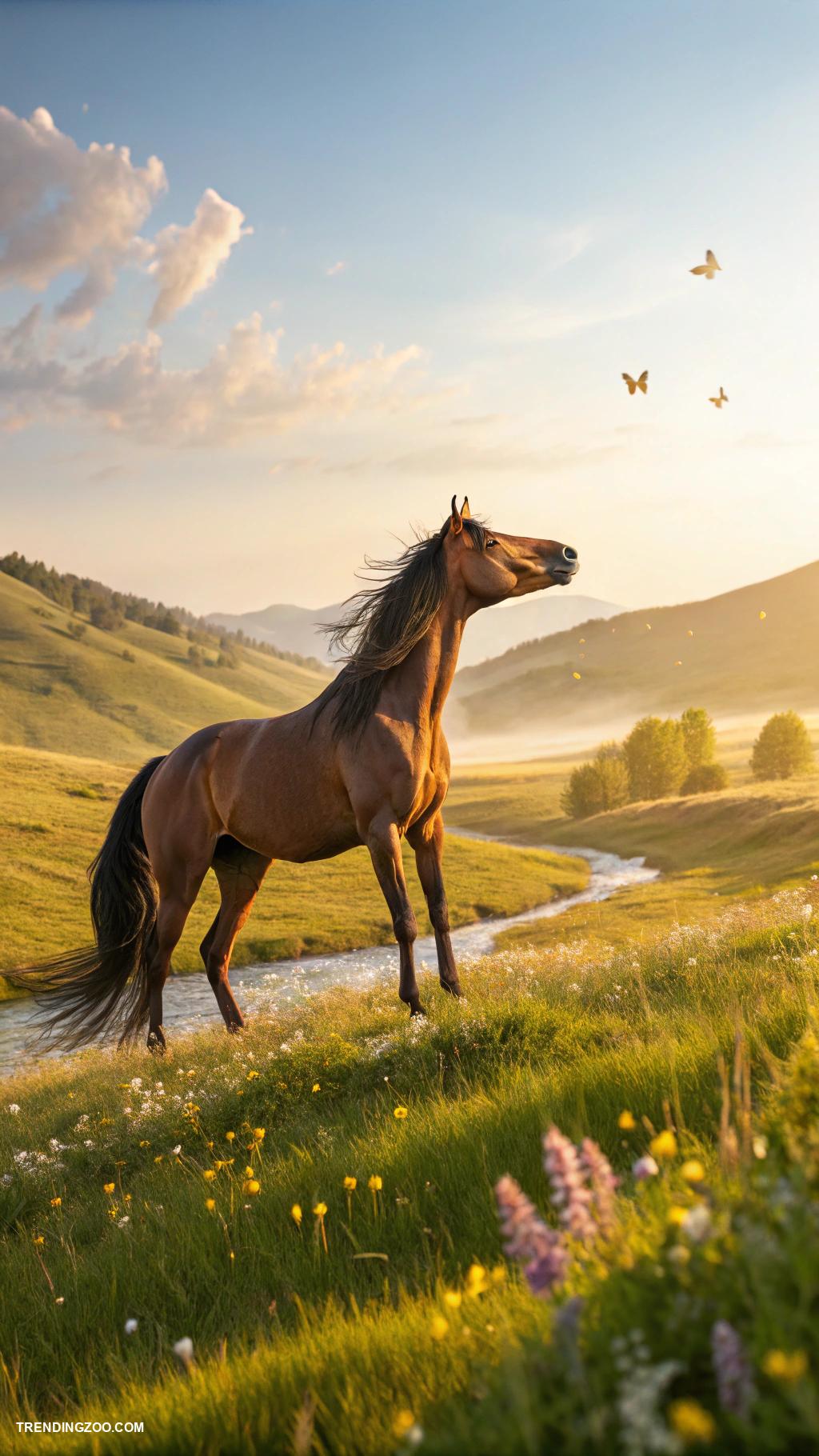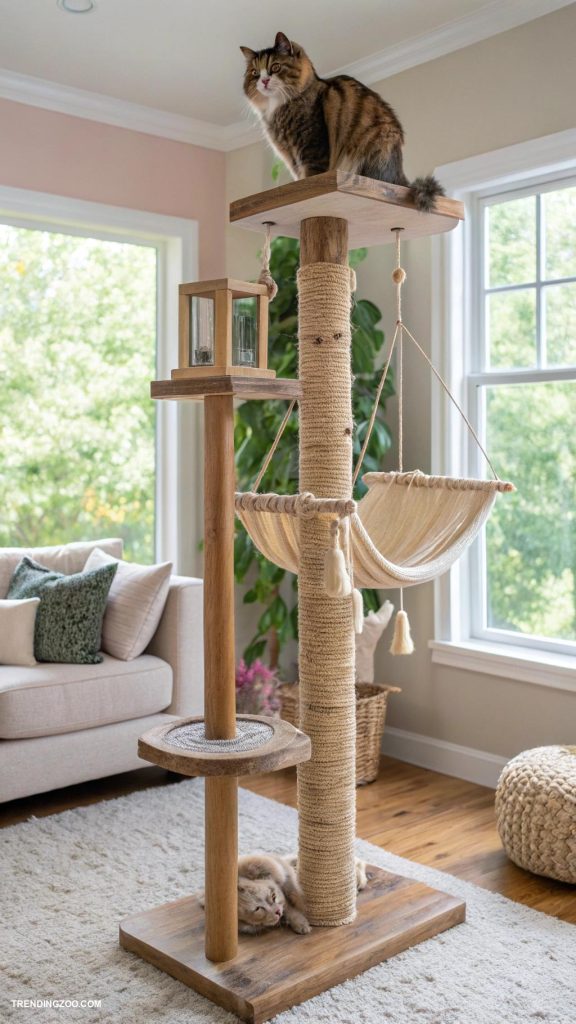The majestic Arabian horse – a breed renowned for its striking physical appearance, rich history, and unparalleled athleticism. With their flowing manes and tails, high-strung heads, and large, expressive eyes, it’s no wonder that these majestic creatures have captivated the hearts of horse enthusiasts and pet lovers alike for centuries.
But beyond their stunning looks, Arabian horses are also celebrated for their gentle nature, intelligence, and versatility, making them an ideal companion for riders of all skill levels and experience. Whether you’re a seasoned equestrian or just discovering the joys of horse ownership, the Arabian horse is sure to leave a lasting impression on anyone who meets it.
Arabian Horse Breed
The Arabian horse, with its flowing mane and spirited grace, has captivated equestrians and historians alike for centuries. Known for its striking beauty, unmatched endurance, and versatile talents, this breed stands as one of the oldest and most influential in the world.
From the deserts of the Middle East to modern show rings, the Arabian continues to leave an indelible mark on equine culture. This blog dives into the rich history, unique traits, and contemporary roles of the Arabian horse, offering a complete picture of why this breed remains a timeless favorite.
History and Origins
The Arabian horse traces its roots to the arid landscapes of the Arabian Peninsula, where it was bred by Bedouin tribes as early as 3000 BCE. Prized for its stamina and loyalty, the Arabian was a vital companion in the harsh desert, carrying riders across vast distances with minimal food and water.
Bedouins selectively bred these horses for resilience and intelligence, creating a lineage that became the foundation for many modern breeds. By the 7th century, the Arabian’s reputation spread through trade and conquest, influencing breeds like the Thoroughbred, Morgan, and Andalusian, cementing its legacy as a cornerstone of equine genetics.
Physical Characteristics
Arabian horses are instantly recognizable by their refined, elegant features. Their dished faces, large expressive eyes, and gracefully arched necks give them an almost sculpted appearance. Standing between 14.1 and 15.1 hands, they have a compact yet powerful build, with strong bones and a high-set tail that floats during movement.
Common coat colors include bay, chestnut, gray, and black, often with a glossy sheen that catches the light. Their exceptional lung capacity and efficient metabolism make them naturals for endurance, allowing them to thrive in demanding conditions where other breeds might falter.
Temperament and Personality
Arabians are as intelligent as they are beautiful, with a keen sensitivity that makes them highly responsive to their handlers. Their spirited nature is often mistaken for stubbornness, but with proper training, they are eager to please and form deep bonds with their owners.
Known for their curiosity and quick learning, Arabians excel in environments where mental stimulation is abundant. While their energy can be intense, their loyalty and gentle disposition make them suitable for riders of all levels, from competitive athletes to casual enthusiasts seeking a lifelong equine partner.
Modern Roles and Disciplines
The Arabian’s versatility shines in today’s equestrian world, where it competes in a wide array of disciplines. In endurance riding, their stamina makes them unrivaled, often dominating races that span 50 to 100 miles. In the show ring, Arabians dazzle in halter classes, showcasing their beauty, and in performance events like dressage and western pleasure, displaying their agility and precision.
They also hold their own in show jumping and cutting, proving their athleticism knows few bounds. Beyond competition, Arabians are valued in breeding programs, passing their desirable traits to countless other breeds.
Care and Management
Caring for an Arabian requires attention to their high-energy nature and unique needs. A balanced diet rich in quality forage and moderate grain supports their active metabolism, while regular grooming keeps their fine coats gleaming. Daily exercise, whether through riding or turnout, is essential to channel their energy and prevent boredom.
Health-wise, owners should be aware of rare genetic conditions like Severe Combined Immunodeficiency (SCID), though responsible breeding has reduced its prevalence. Consistent training and mental engagement are key to keeping an Arabian happy and healthy, as their sharp minds thrive on challenges.
Cultural and Global Impact
The Arabian horse has transcended its desert origins to become a global icon of beauty and nobility. In art and literature, it’s often depicted as a symbol of freedom and elegance, from ancient Persian paintings to modern films.
Today, Arabian breeding programs flourish in countries like the United States, Australia, and Poland, with organizations like the Arabian Horse Association promoting the breed’s standards. Legendary bloodlines, such as those of the stallion Bask or mare Raffles, have shaped modern Arabians, while the breed’s influence continues to inspire equestrian communities worldwide.
“The Arabian’s heart is as big as its spirit.”
Sheila Varian, legendary breeder
The Beauty of Arabian Horses and Their Symbolism in Design
The Arabian horse is an iconic and majestic breed that has captivated the hearts of many with its striking beauty and rich history. In the realm of interior design, the symbolism and aesthetic appeal of these magnificent creatures can be expertly woven into various design elements to create a unique and captivating space. The Arabian horse’s slender build, refined features, and flowing mane evoke a sense of elegance and sophistication, making it an ideal inspiration for luxurious and refined interior designs.
For instance, a statement piece of furniture with curved lines and ornate details can evoke the horse’s sleek and muscular physique, while a delicate chandelier or light fixture with intricate filigree can mimic the horse’s flowing mane. The Arabian horse’s bold and striking color palette, featuring shades of bay, chestnut, and gray, can also be incorporated into the design through the use of rich fabrics, rugs, and wall treatments.
The horse’s symbolism as a symbol of freedom, courage, and strength can be leveraged to create a space that exudes confidence and empowerment. By incorporating elements that pay homage to the Arabian horse’s beauty and symbolism, designers can create a space that is not only visually stunning but also emotionally resonant and meaningful.
Conclusion
The Arabian horse is more than a breed—it’s a living legacy of resilience, beauty, and versatility. Whether galloping across desert sands or prancing in an arena, Arabians captivate with their spirit and grace. For those eager to experience this extraordinary breed, visiting a local stable, attending a horse show, or connecting with reputable breeders is a great start. Share your own Arabian stories in the comments below, and follow our blog for more insights into the world of equestrian excellence!
Further Reading
- Read more from the Arabian Horse Association (www.arabianhorses.org) for further exploration.







